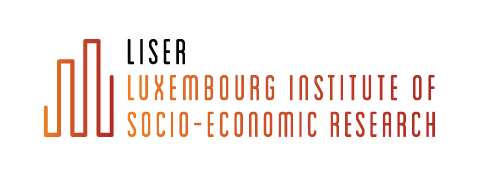Project Details
Description
This project studies labor market effects of international migration and automation – arguably the two most pressing challenges regarding employment, income inequality, and social cohesion in the upcoming decades. Our objective is threefold. First, by studying how migration, automation, and digitization affect the mobility of workers across tasks, occupations, sectors, and regions, we quantify their impacts on the distributions of wages by occupation in the European Union (EU). Our aim is to improve the understanding of the distributional consequences of skill mismatches generated by immigration and automation for designing better labor market policies (e.g., visa policies or upskilling programs). Second, we identify the winners and losers from the changes induced by the supply of foreigners and machines, and highlight occupations, sectors, and regions in which workers are exposed to the risk of increasing wage inequality. Third, by going beyond labor market determinants, we rationalize the spatial sorting of native, immigrant, and cross-border workers, to evaluate the impact of commuting and housing policies on inequality, mobility, and congestion.
To achieve these goals, we take a quantitative theoretical approach toward modeling the geographical and occupational mobility of workers induced by labor market shocks: changes in regional skill supplies due to international migration, and changes in skill demand resulting from automation. We construct spatial labor market models that: (i) endogenize workers’ sorting across occupations, tasks, and regions; (ii) explain companies’ technology decisions; and (iii) study interactions between labor markets, commuting externalities, and housing amenities. The specific focus is on macroeconomic consequences for regional and occupational income distributions, wage inequality across and within narrowly defined worker groups, job creation and destruction, and
unemployment and inactivity. We take advantage of detailed labor market data for the EU and specific regions, by calibrating our structural models, quantifying the magnitudes of analyzed economic effects, highlighting the location of workers under risk, and performing counterfactual simulations of proposed policy interventions.
To achieve these goals, we take a quantitative theoretical approach toward modeling the geographical and occupational mobility of workers induced by labor market shocks: changes in regional skill supplies due to international migration, and changes in skill demand resulting from automation. We construct spatial labor market models that: (i) endogenize workers’ sorting across occupations, tasks, and regions; (ii) explain companies’ technology decisions; and (iii) study interactions between labor markets, commuting externalities, and housing amenities. The specific focus is on macroeconomic consequences for regional and occupational income distributions, wage inequality across and within narrowly defined worker groups, job creation and destruction, and
unemployment and inactivity. We take advantage of detailed labor market data for the EU and specific regions, by calibrating our structural models, quantifying the magnitudes of analyzed economic effects, highlighting the location of workers under risk, and performing counterfactual simulations of proposed policy interventions.
| Acronym | LaMaM |
|---|---|
| Status | Active |
| Effective start/end date | 1/06/21 → 30/10/24 |
Funding
- Luxembourg National Research Fund (FNR)

- Luxembourg Institute of Socio-Economic Research (LISER)

Keywords
- Migration
- Automation
- Labor markets
- Inequality
- Self-selection
- Commuting